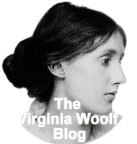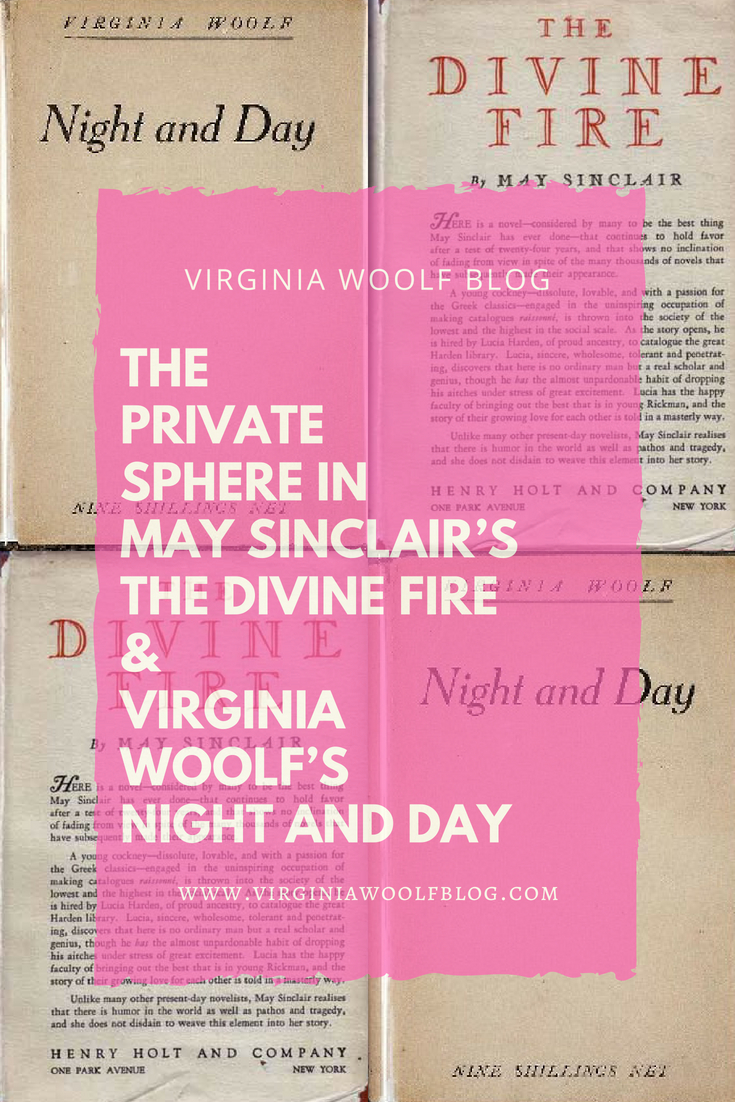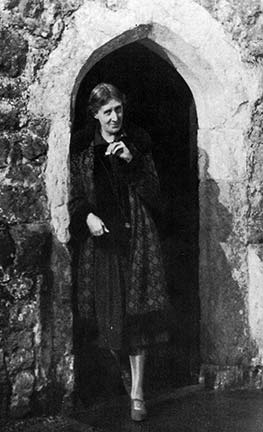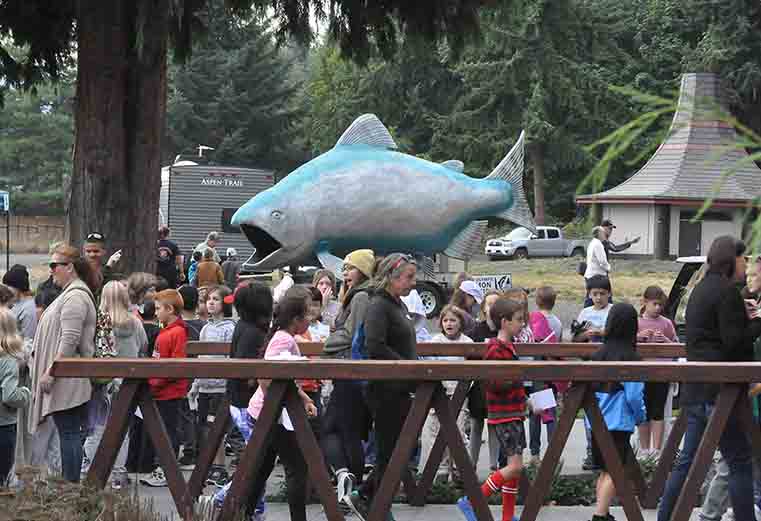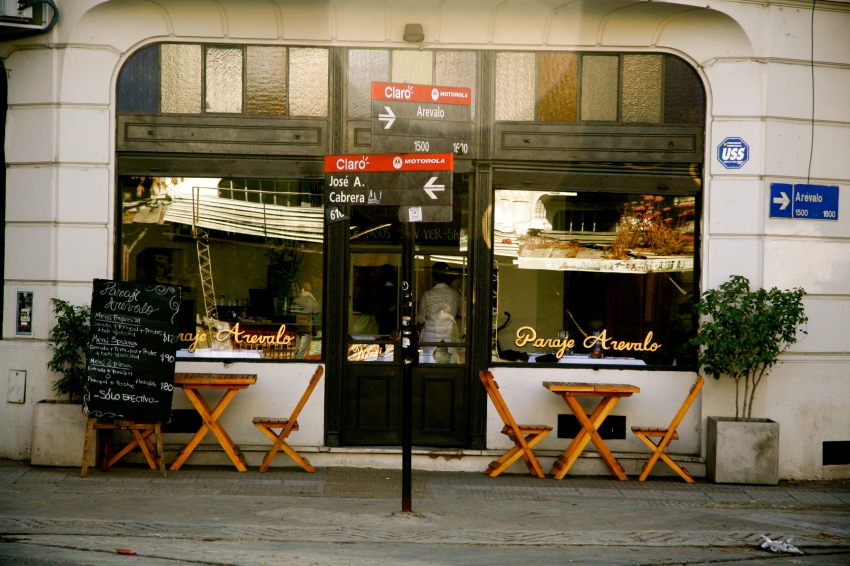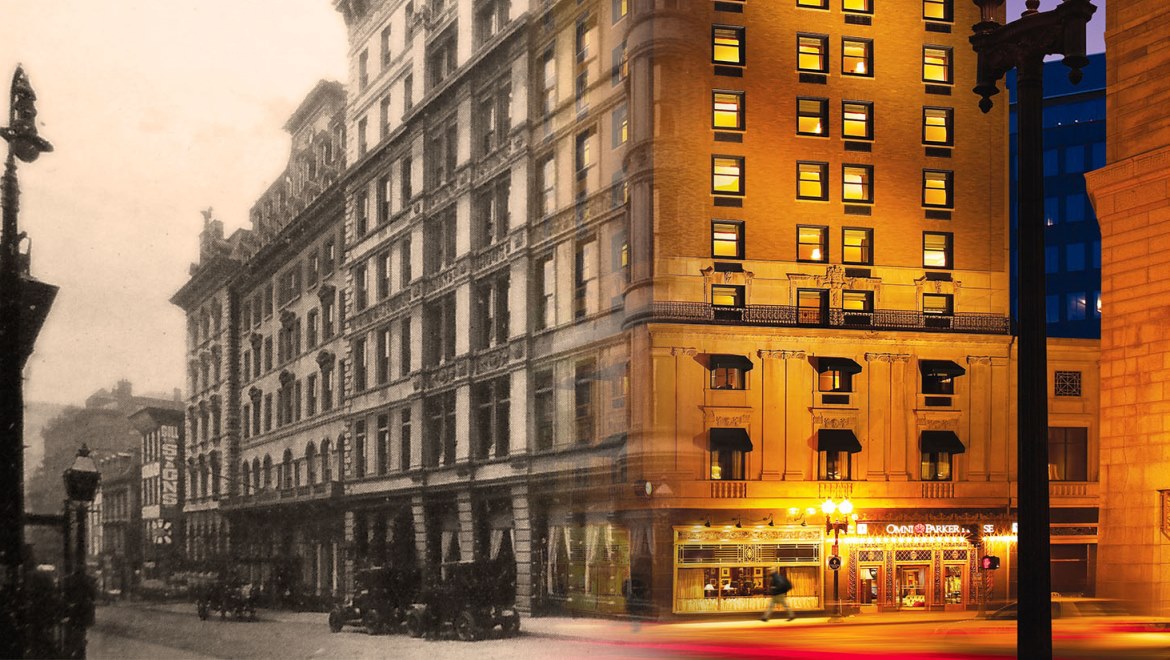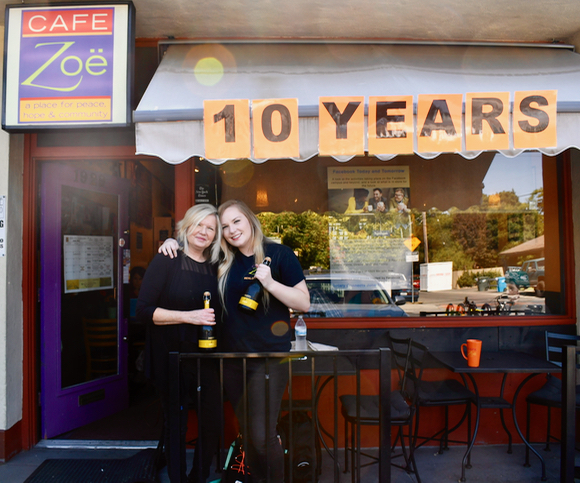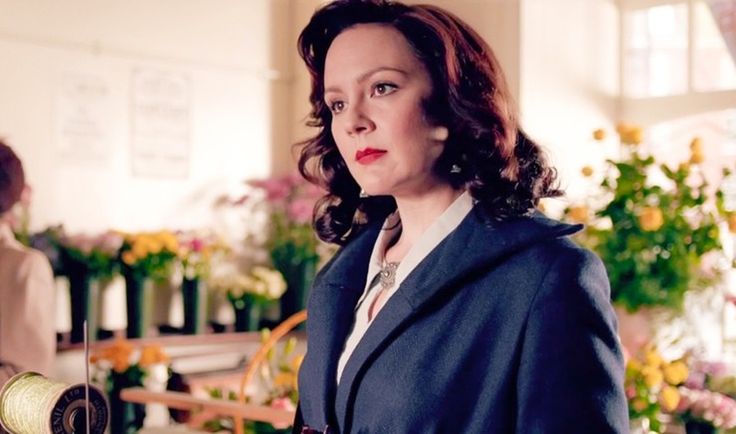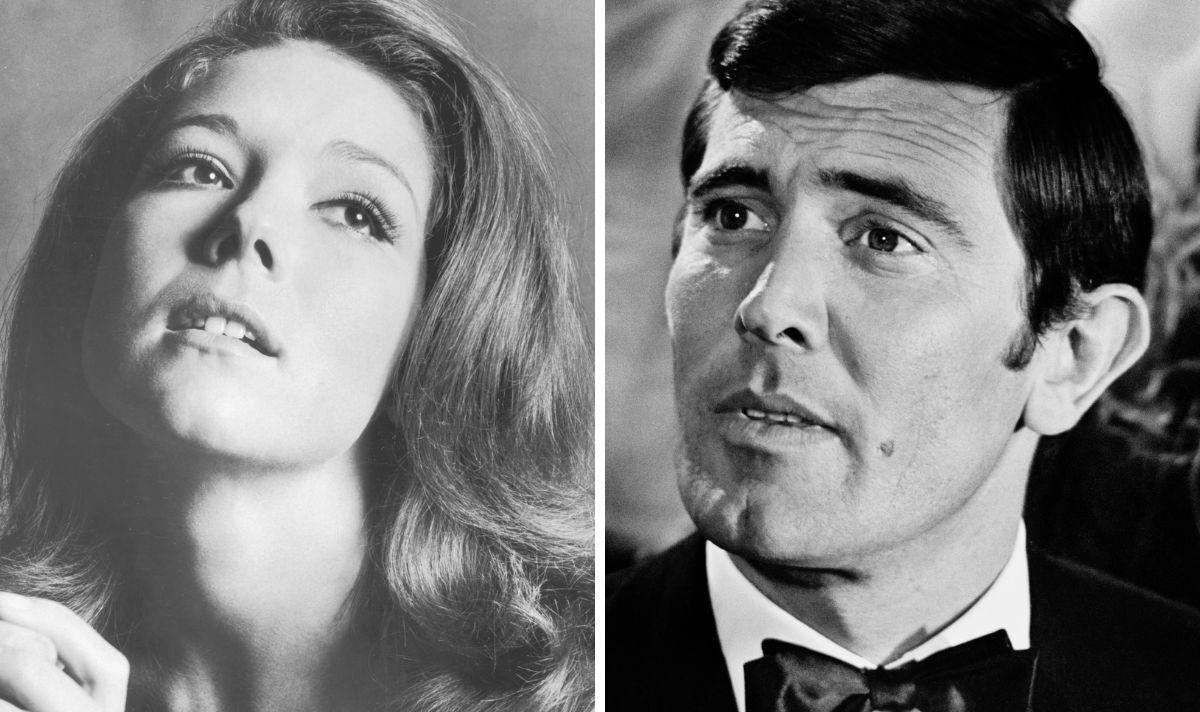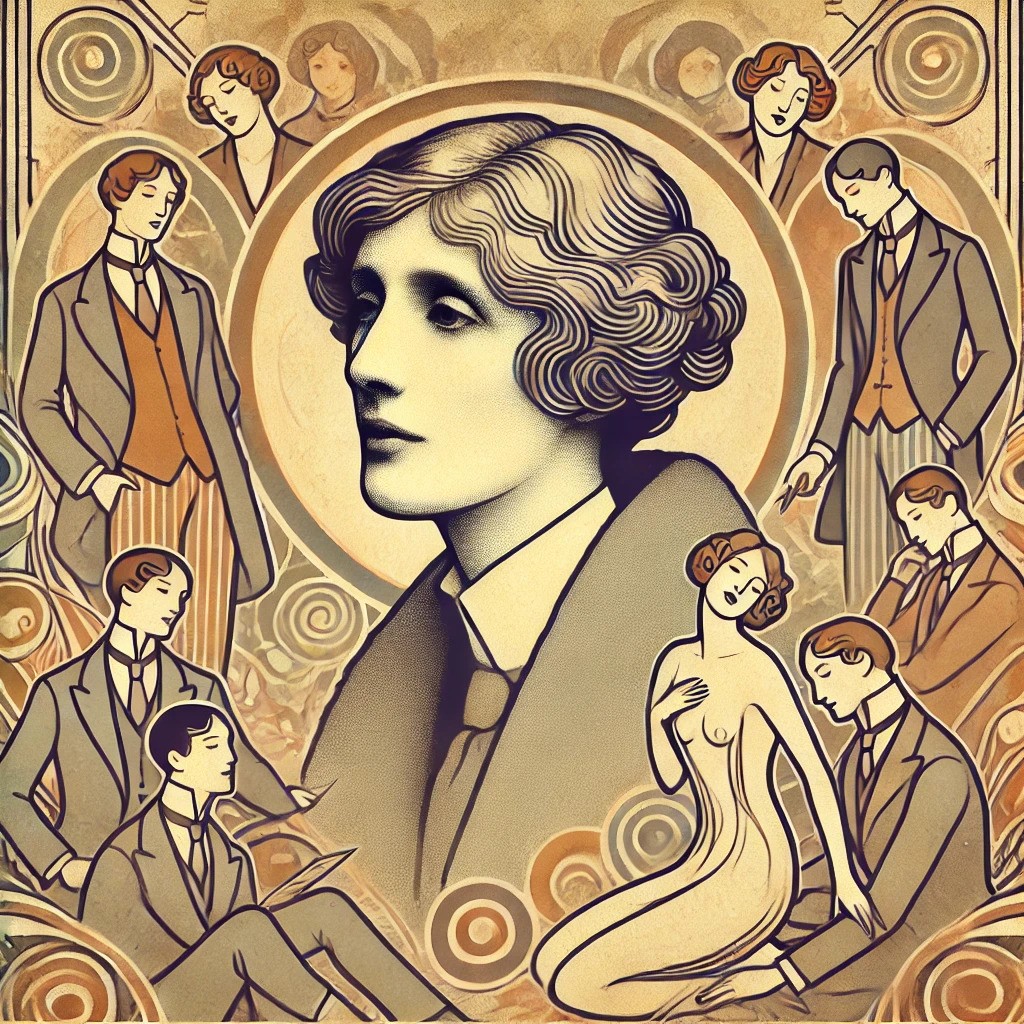
In the years prior to Virginia Stephen’s marriage to Leonard Woolf, Virginia had a score of suitors asking for her hand in marriage.
Besides her friend Lytton Strachey, who proposed to Virginia in February of 1909, many other young men also proposed to her or declared their feelings for her between the years 1909 and 1912.
According to the book Virginia Woolf (Authors in Context), one of these men was an aspiring politician named Edward Hilton Young who asked Virginia to marry him in May of 1909. Although Young was charming and well-educated, Virginia found him too conventional and boring for her taste and turned him down.
A few years later in the summer of 1911, Walter Lamb, a friend of Virginia’s brother-in-law Clive Bell, confessed to Virginia that he had feelings for her.
According to Quentin Bell’s biography of Virginia, Lamb discussed the possibility of marriage between the two of them but disapproved of the fact that she was sharing a house with her male Bloomsbury group friends at the time, which he compared to living in a “hornet’s nest.”
On July 21st, Virginia described the conversation in a letter to her sister Vanessa:
“He said ‘There are dreadful complications.’ I said ‘What.’ He said ‘You live in a hornets nest. Besides marriage is so difficult – will you let me wait? Don’t hurry me.’ I said ‘There is no reason why we shouldn’t be friends – or why we should change things & get agitated.’ He said ‘Of course its wonderful as it is.’ Then he went rambling on: & I gathered that he could not let himself fall in love because he doubted what I felt; & he was also puzzled by parts of my character. He said I made things into webs, & might turn fiercely upon him for his faults. I owned to great egoism & absorption & vanity & all my vices. He said Clive had told him dreadful stories to illustrate my faults…I do like him but the prospect of many very long talks, rather appals me. There is something pathetic in him. He’s so desperately afraid of making a fool of himself, & yet conscious that that his caution is a little absurd….Oh how I’m dammed by Roger! Refinement! & We in a Post Impressionist age. You don’t deserve any compliments for sending me that one.”
Lamb’s comments stirred up an argument between him, Clive Bell and another one of Virginia’s suitors, Sydney Waterlow, about exactly who said what about Virginia. Lamb eventually realized he had no hope of convincing Virginia to marry him and discovered he had also lost a friend when Clive Bell stopped speaking to him.

In November of that year, Sydney Waterlow, a diplomat with the Foreign Office, also proposed to Virginia. At the time of his proposal, Waterlow was still married and seeking a divorce from his wife. On December 11, Virginia wrote him a letter, explaining why she couldn’t marry him:
“I meant to have answered your letter sooner. I’m very glad you don’t reproach yourself, because I’m certain that there’s nothing to reproach yourself for. All you say I think I understand, and it seems to me very reasonable. But I feel that I must on my side make clear what I didn’t make clear that night. I don’t think I shall ever feel for you what I must feel for the man I marry. I am very anxious that you should know this, so that you may take it into account. I feel that you have it in your power to stop thinking of me as the person you want to marry. It would be unpardonable of me if I did not do everything to save you from what must – as far as I can tell – be a great waste. Please write and say whatever you wish to me at any time, and behave exactly as you wish. I hope we shall go one being good friends anyhow.”
Whatever Virginia didn’t feel for Sydney Waterlow she did feel for Leonard Woolf when he proposed to her on January 11 of 1912. After taking some time to consider the offer, Virginia finally accepted and the two were married in August of that year. Virginia and Leonard’s marriage lasted through two world wars and her multiple mental breakdowns until her death in 1941.
Sources:
“Goddesses and Ghosts: Virginia Woolf and Jane Ellen Harrison”; Jean Mills; 2007
“Art and Affection: A Life of Virginia Woolf”; Panthea Reid; 1996
“Before Leonard: The Early Suitors of Virginia Woolf”; Sarah M. Hall; 2006
“Virginia Woolf: A Biography”; Quentin Bell; 1972
“Virginia Woolf (Authors in Context)”; Michael H. Whitworth; 2005
“Virginia Woolf”; Nigel Nicholson; 2000
